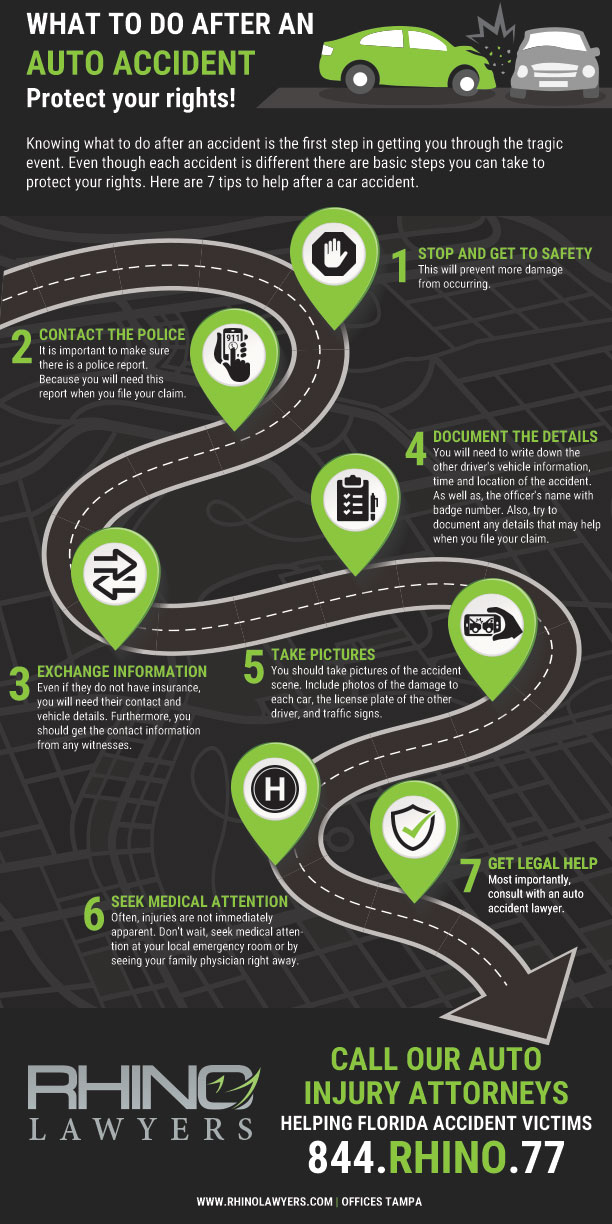The driver of Toyota Yaris allegedly drifted across the centerline and hit a Chevrolet pickup truck in a head-on collision. The driver of the Toyota died at the scene. However, they airlifted driver of the pickup to Tampa General Hospital in critical condition. Paramedics took the passenger in the Toyota to a nearby hospital with unspecified injuries.
According to Tampa Bay Reporter, the accident happened on County Road 39 in Lithia around 4:30 p.m., Thursday, February 28, 2019. The Hillsborough County Sherriff’s Office states they suspect alcohol and drugs were a factor in the crash. Pending clean-up and investigation, authorities closed the road in both directions for several hours.
Head-On Collisions
Head-on collisions have the highest risk of fatalities than any other accident type according to the National Highway Transportation Safety Administration. This is primarily because of the speed of most head-on collisions. The momentum of both vehicles compounds the impact.
Head-on collisions can be categorized into two types: Centerline drift and wrong-way driving (WWD). Both produce similar impacts and injuries, but they happen for a significantly different reason and under separate circumstances.
Centerline Drift
Centerline drift accidents occur when one car drifts over the median and into oncoming traffic. The vast majority (85%) of centerline drift head-on crashes happen on non-divided, two-lane rural highways.
While driving a driver can drift the car a few feet for almost any reason. Many times, they can merely correct with no harm done. However, on non-divided highways, there are only a few feet between cars that are passing each other at 50+ miles an hour.
Common causes of centerline drift:
- Impaired Driving: Driving under the influence is the number one reason for centerline drift crashes. Alcohol is still the primary cause of impaired driving, however, marijuana impairment is increasing at a rapid pace due to the number of states that have legalized recreational marijuana.
- Drowsy/Fatigue Driving: Sleepiness or fatigue can cause a driver to doze off. Most of the time, the road bumps or the sensation of drifting will jerk the driver awake. However, other times the person crosses the centerline into oncoming traffic.
- Distracted Driving: On non-divided highways, it takes less than a second of drift the few feet into the oncoming lane, and thus any distraction can be deadly. Cell phone/texting is the number one distracted driving cause. Others are eating, make-up/shaving, radio/CD player, interacting with other passengers.
Wrong-way Driving (WWD)
Wrong-way driving (WWD) is another type of head-on collision and it happens only 15 percent of the time. According to the NHTSA, WWD happens when a car enters a divided highway and travels against the designated direction of that lane. This happens when someone enters the freeway from an off-ramp or turns the wrong way when crossing a divided highway.
Common causes of WWD are:
- Impaired Driving: The NHTSA reports that impaired drivers cause over 60 percent of all WWD crashes. Almost all WWD comes from an error in judgment or in observance of the driver. Impaired drivers by definition have diminished reasoning and judgment.
- Visibility: Most WWD happens at night, and poor visibility can cause someone to miss the signs and/or become confused as to where to go.
- Poor Signage: Often time, the signs that show proper direction or the warning signs are either in poor repair or insufficient in design. This can cause even an awake and unimpaired driver to make a mistake.
- Purposeful WWD: In a small percentage but a significant number of accidents the driver will enter the wrong way on purpose in an attempt to end their life or harm others.
DUI and Head-On Collisions
Impaired driving is the number one cause of both types of head-on collisions. For centerline drift cases, the impairment contributes to the likelihood that the driver will drift across the centerline. This is especially hideous as it puts others at extreme risk of injury and death. It’s also a fact that the impaired driver has a statistically higher chance of surviving the accident than those in the other car.
In a WWD, impairment contributes to the driver entering the wrong direction on a divided highway. While there could be other reasons like poor signage or bad visibility, impaired driving makes the mistake more likely. Once going the wrong way, impairment is likely to reduce the ability of the driver to recognize that they are going the wrong way.
Common Injuries With Head-On Collisions
Head-on crashes are typified by high-impact collisions and thus produce common injuries. Some of them are:
- Blunt Force Trauma
- Head Injuries/Traumatic Brain Injuries
- Broken Bones
- Internal Injuries/Bleeding
- Airbag injuries
Contact a Tampa Bay Area Car Accident Attorney Today
Always speak to an attorney after any head-on collision accident resulting in a serious injury.
If you were involved in a crash similar to this one, contact our personal injury team today for a free consultation and case evaluation.
RHINO Lawyers is the powerful, results-driven law firm, that takes Insurance Companies and Bullies “head-on!” We describe our bold modern approach to “Accident & Personal Injury Law” and “Our Personal Mission” to empower Florida’s families to “Take Charge!”










